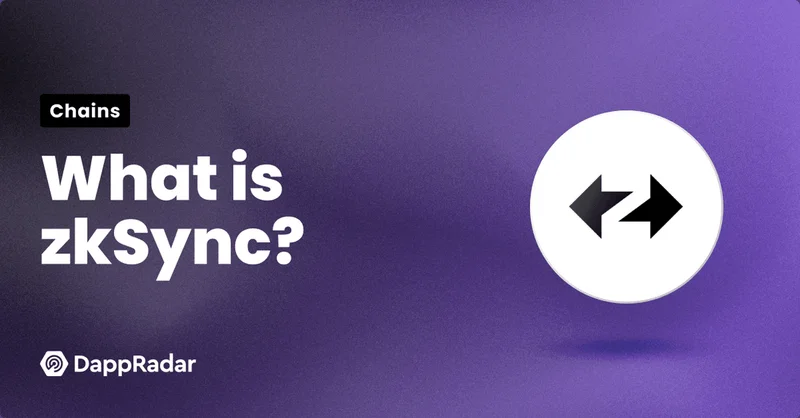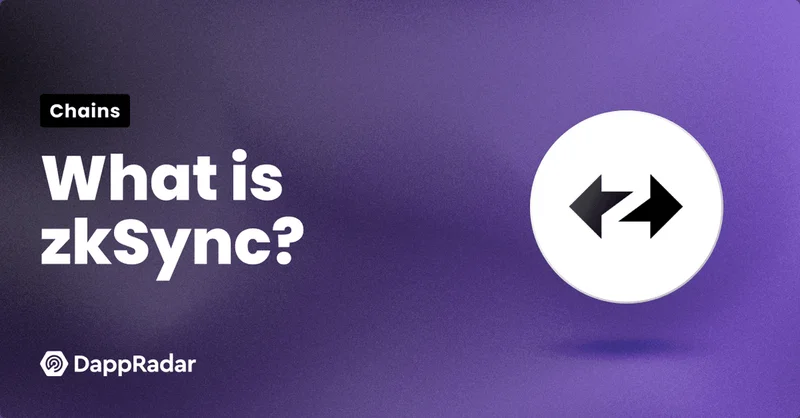Article Directory
On Saturday, the ZK token, the native asset for the ZKsync protocol, experienced a significant price deviation. In a matter of hours, its value climbed from approximately $0.03 to a peak of $0.045. This represents a price increase of 50%—or to be more precise, a 50% increase from its starting point, an event that stands out as a statistical outlier in an otherwise unremarkable period for the asset.
When an asset moves this sharply, the immediate task is to identify the catalyst. The market is a complex system, but it is not a random one. Such events are rarely spontaneous; they are reactions to new information entering the system. The question is, what was the information? Was it a fundamental change in the asset's underlying value proposition, or was it something else entirely? A closer look at the timeline reveals a clear causal link, but one that should give any serious analyst pause. The data suggests this was not a rally built on fundamentals. It was a rally built on a single sentence.
The Tale of Two Catalysts
The official narrative centers on a recent, and genuinely significant, technical milestone for ZKsync (a project developed by Matter Labs). The protocol recently deployed its "Atlas" upgrade. On paper, the specifications are impressive. The upgrade introduces a new high-performance sequencer reportedly capable of handling up to 30,000 transactions per second, full Ethereum compatibility, and a system called Airbender designed to facilitate rapid cross-chain settlements. This is the kind of update aimed squarely at institutional and enterprise adoption—a move to build durable infrastructure for payments and tokenized assets.
In a rational market, one might expect a gradual price appreciation following such a release as the market digests the long-term implications of enhanced scalability and interoperability. The upgrade provides a new set of data points for valuation models. It strengthens the fundamental case for the network's utility. But that isn't what happened. The Atlas upgrade was announced, and the market reaction was muted. The ZK token continued its sideways trajectory. The data was in the system, but it failed to trigger a significant re-pricing event.
The real catalyst arrived later, and it wasn't a technical paper or a product launch. It was a tweet. Ethereum co-founder Vitalik Buterin, responding to a post from the ZKsync team, offered a concise but potent endorsement, stating the project has been doing “a lot of underrated and valuable work.” Almost instantaneously, the price chart for the ZK token transformed. The 50% surge was not a delayed reaction to the Atlas upgrade; it was a direct, immediate, and almost violent reaction to Buterin's words, an event that led to headlines declaring the ZK token jumps 50% after Vitalik Buterin backs ZKsync post. The correlation is so perfect it borders on the absurd. One man's opinion, distilled into a handful of characters, proved to be a more powerful market-moving force than a complex and costly infrastructure overhaul.

This presents a fascinating problem in valuation. How, exactly, does one price in an endorsement? There is no spreadsheet model that can assign a dollar value to the phrase “underrated and valuable.” This isn't a measure of cash flow, user growth, or transaction volume. It is a purely qualitative signal. And I've analyzed market-moving news events for over a decade; it's rare to see such a direct, quantifiable impact from a single, non-financial statement. It points to a market structure that prioritizes narrative over numbers. Is a project's intrinsic value truly enhanced by 50% overnight because one influential individual, however brilliant, offered his praise? Or does this simply reveal a profound fragility in how these digital assets are valued in the first place?
The Fragility of a Narrative-Driven Market
The event forces us to deconstruct what the market is actually pricing. It clearly isn't pricing the 30,000 TPS claim from the Atlas upgrade. If it were, that re-pricing would have occurred when the technical details were released. Instead, the market is pricing the social signal represented by Buterin's co-sign. This is less an act of collective financial analysis and more an act of social coordination. The market isn't a calculating machine processing fundamental data; in this instance, it acted more like a flock of birds, turning in unison on the command of a single leader.
This phenomenon, which we could call the "Buterin Effect," is a double-edged sword. On one hand, it can draw attention to genuinely promising technology that may have been overlooked. Buterin's claim that ZKsync's work is "underrated" was validated, in a circular way, by the market's subsequent reaction. The market effectively said, "We agree, and we will correct this oversight immediately."
On the other hand, it demonstrates a worrying level of centralization in influence. A market that can be moved 50% by a single tweet is, by definition, an immature one. It suggests that the majority of capital allocation is being driven not by independent research but by following the cues of a select few perceived authorities. What happens when that authority is wrong, or simply changes their mind? If a positive tweet can add hundreds of millions in perceived value, can a critical one erase it just as quickly? The entire episode exposes a systemic vulnerability. The valuation of the ZK token, at this moment, seems to be pegged less to its own technological merits and more to the perceived sentiment of one man. That is not a stable foundation for any asset.
An Uncomfortable Precedent
This isn't just about ZKsync. This is about the health of the entire digital asset ecosystem. We have reams of data, whitepapers, and code repositories available for analysis, yet the market's most dramatic movements are frequently tied to narratives, memes, and the opinions of high-profile figures. The ZK token's rally is simply the latest and clearest data point in a long-running trend. The market has proven, time and again, that a compelling story can be more valuable than a functioning product. The question this leaves us with is a difficult one: if the most sophisticated technology requires a simple social media endorsement to be "properly" valued, is the market truly capable of identifying and rewarding innovation on its own terms? Or is it just waiting to be told what to think?

